Puilaurens is a castle that is more shrouded in mystery than the others I saw. It's one of the five sons of Carcassonne, great citadels that once defended the border between France and Spain.
The first identifiable lord of Puilaurens was a man called Pierre Catala who appeared as witness on Guillaume de Peyrepertuse’s record in 1217. Twelve years later Guillaume commanded at Puilaurens and then thirteen years after that Roger Catala was master of the castle. To say the historical record is sketchy is an understatement. The Cathars were here in the 1240s for shelter only especially after the fall of Montsegur though they left before the castle came under the control of the King of France.
Puilaurens has a wonderful defensive layout that I was able to appreciate once I was standing in the meadow between the vast curtain walls inside the castle.
Puilaurens is approached through zig-zag trenches with, on the right, a barbican whose field of fire was across the open area in front of the main gate, where there was no cover. Even if an attacker got through the front gate, the next defence was a small courtyard whose walls were punctured by a dozen loopholes whose firing lines would have been at the people coming through the front gate. There were no places for the attackers to take cover and no opportunity for them to fire back at any identifiable targets.
Once through the small courtyard the castle opens out into a huge area, which looks like a meadow full of wild flowers, surrounded by curtain walls. The main part of the castle, the keep or donjon, was built on a steep bluff surrounded by cliffs behind the small courtyard. Any attackers who’d made it this far would have to skirt around the courtyard wall, where they’d be exposed again, this time to arrows from the North curtain wall, even before they arrived at the gate to the donjon enclosure. All this time they would have been running uphill.
I explored the donjon the highest point of the castle though not the oldest as the current building probably replaced an older one from before the Albigensian Crusade. The latrines were over the steepest cliff. The cistern was where the life-giving rain was carefully collected as there were no wells within the castle walls.
The westernmost tower is named Dame Blanche’s Tower in honour of Blanche de Bourbon, a grand-niece of Philippe le Bel or Philip IV, who once visited Puilaurens. On the left hand side of the tower, just by the entrance, is a speaking duct that would have allowed communication between the various levels of the tower. It’s possible that this would have allowed a lookout to raise an alarm should they have seen forces approaching the castle from the West. The south facing curtain wall of the donjon enclosure contains more loopholes that would have allowed the defenders to fire further arrows down on to any attackers approaching the castle.
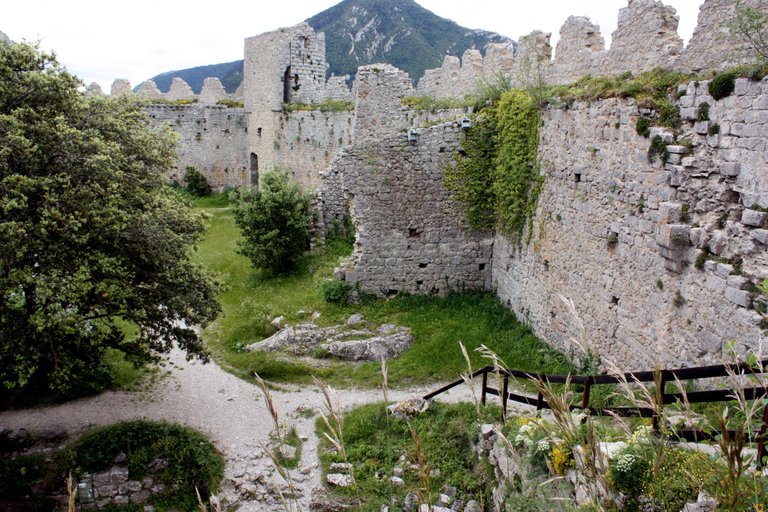
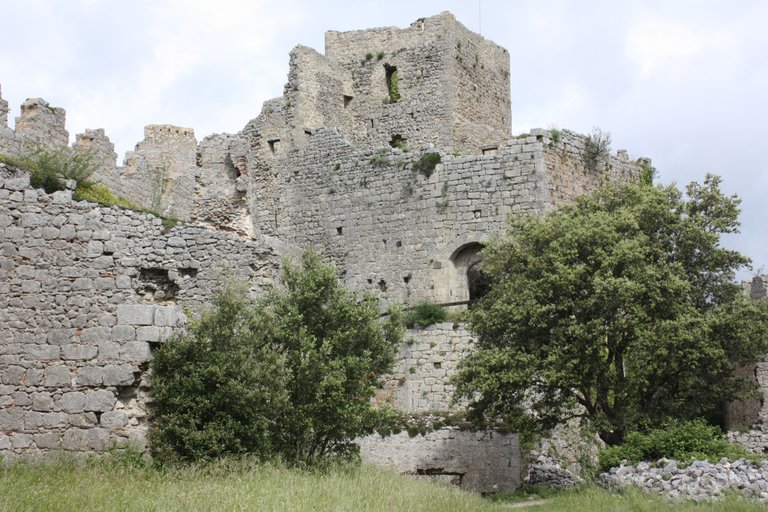
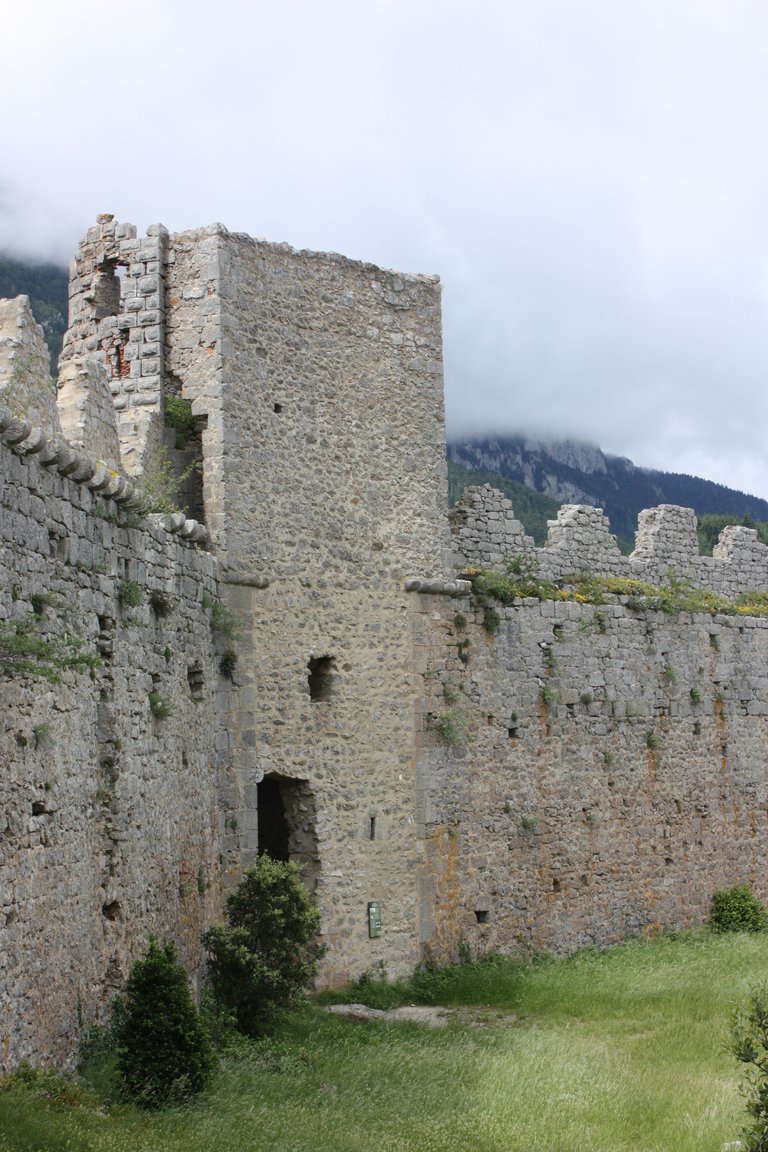
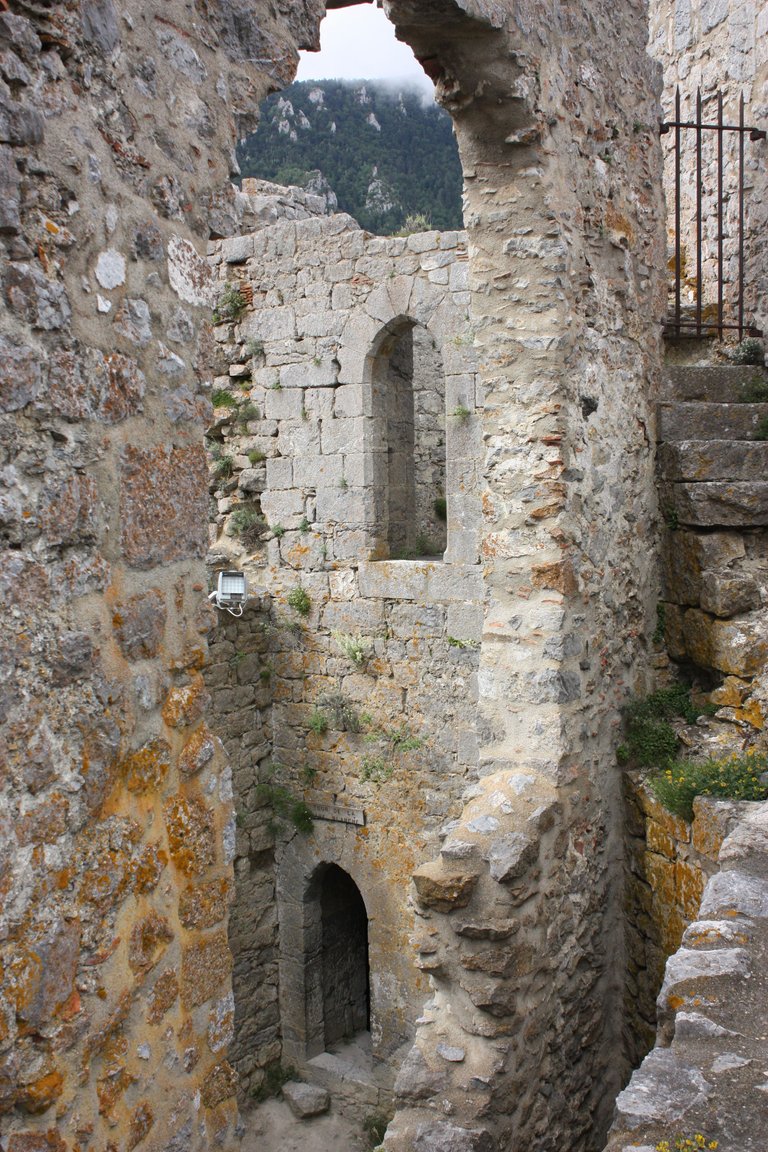
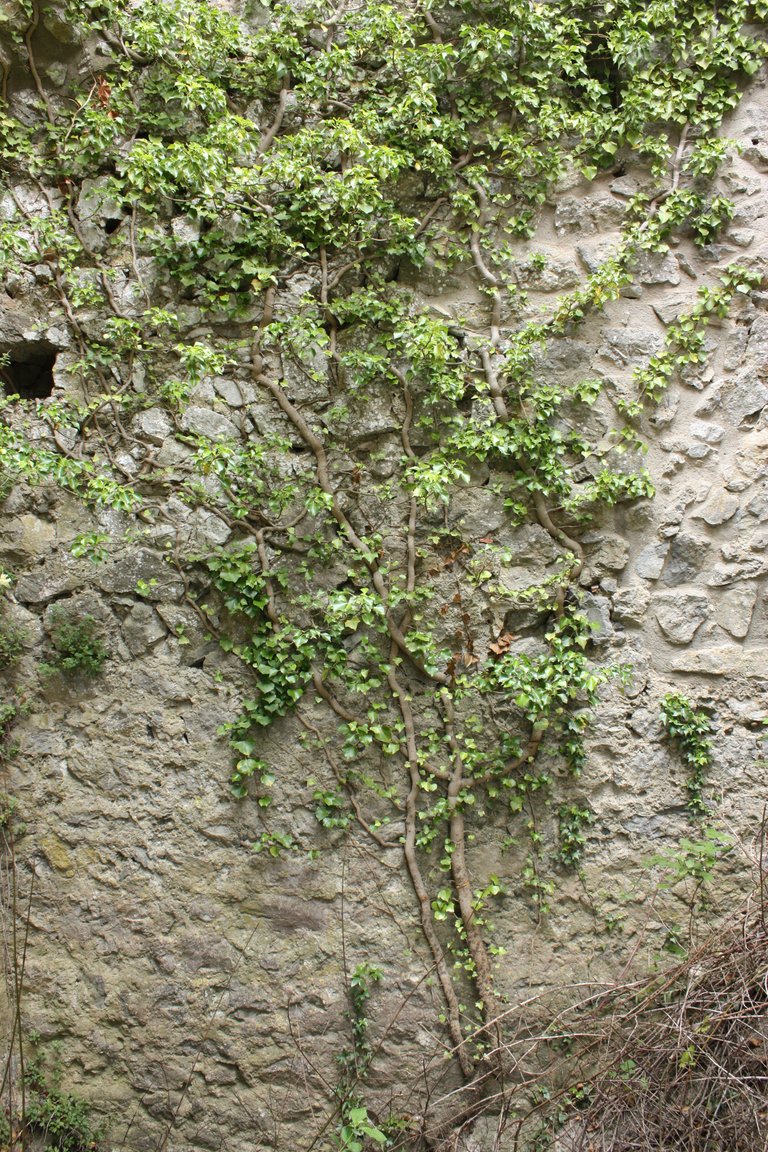
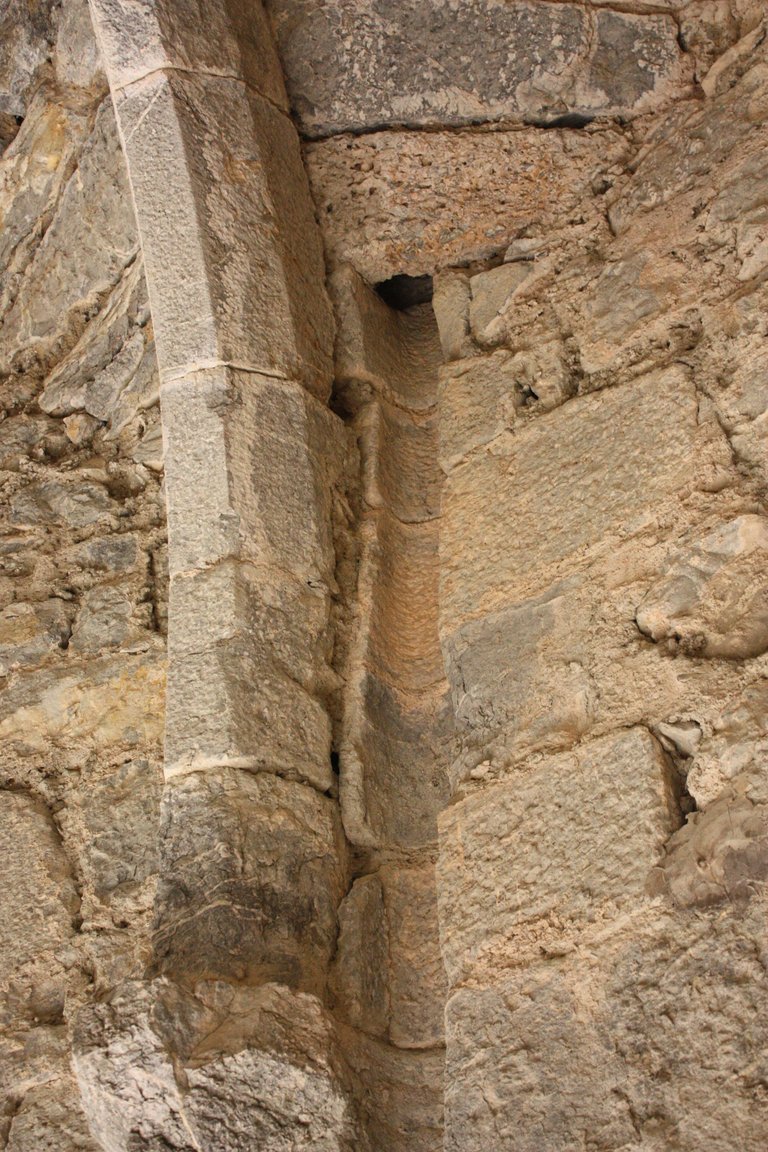
Hi! I am a robot. I just upvoted you! I found similar content that readers might be interested in:
https://www.blogarama.com/contemporary-blogs/1286150-julian-worker-writing-blog/21617308-three-sons-carcassonne
Big fan and looking forward to exploring some of the beautiful architecture you highlighted
There's a lot of castles in the area - more to come in future posts.